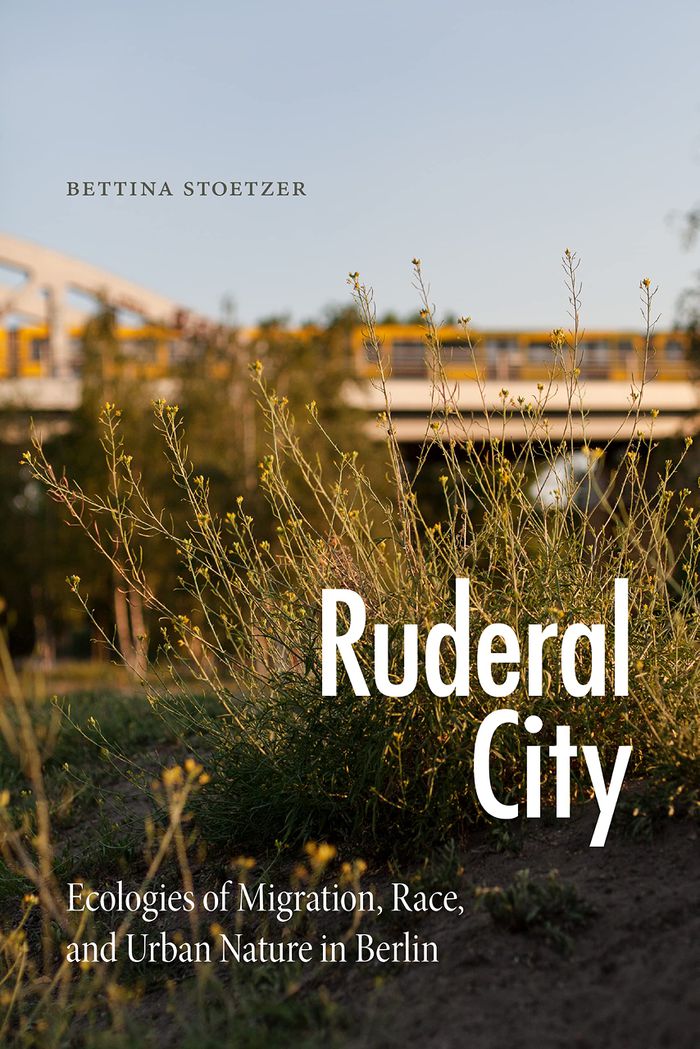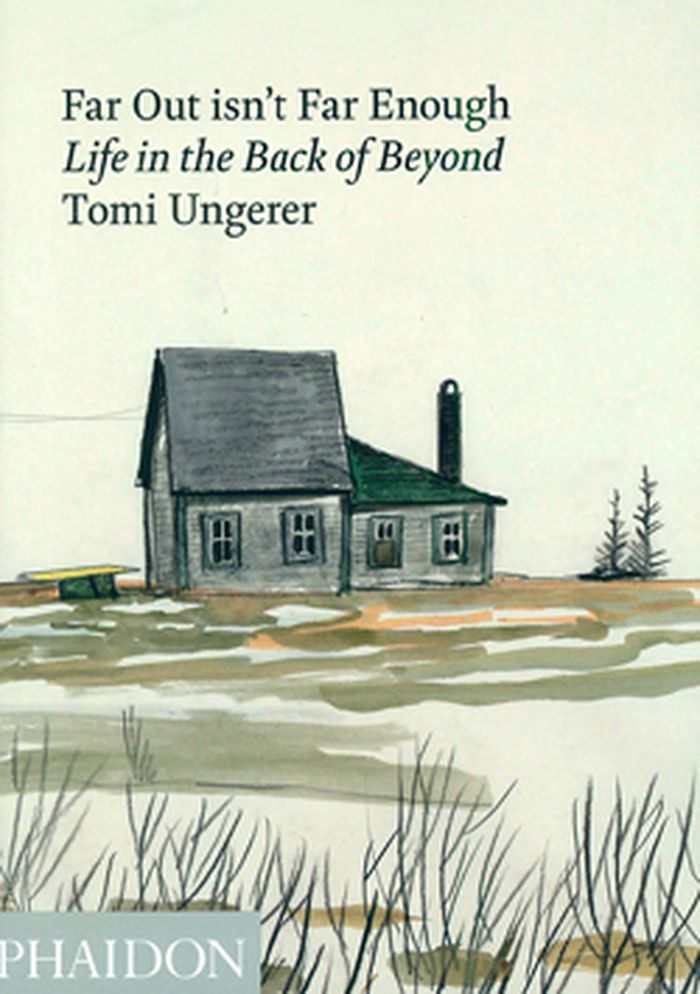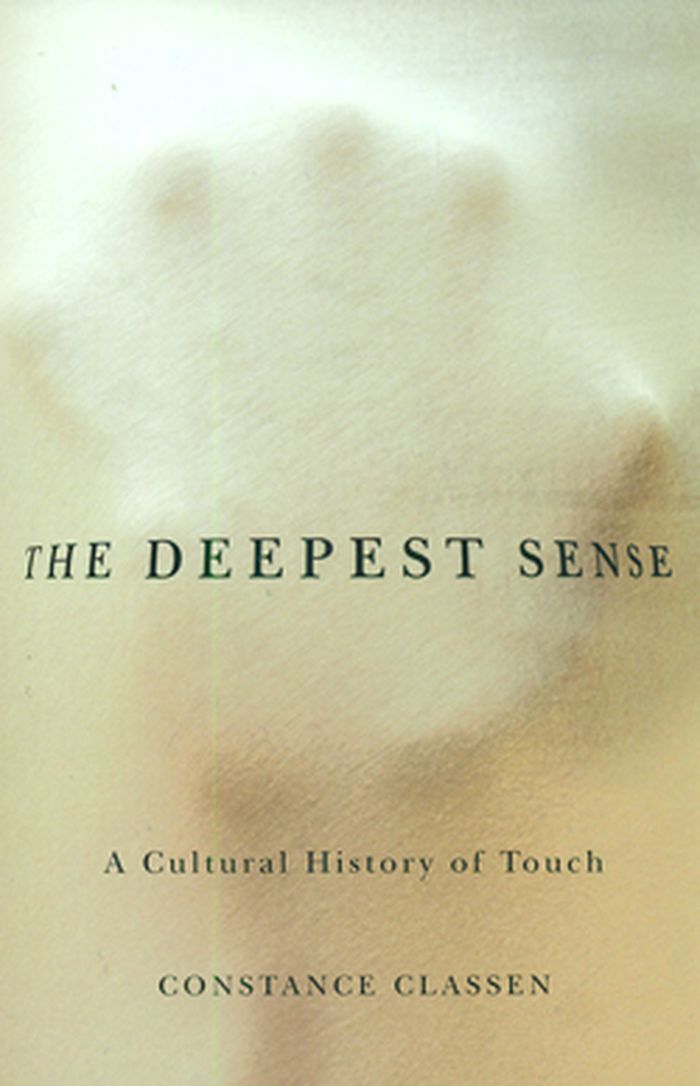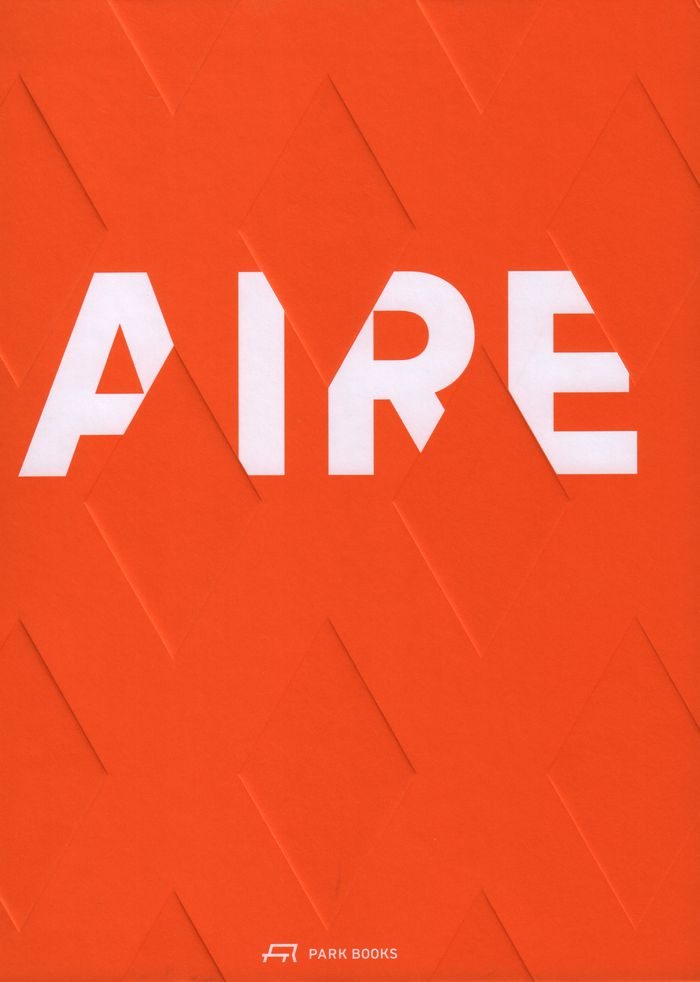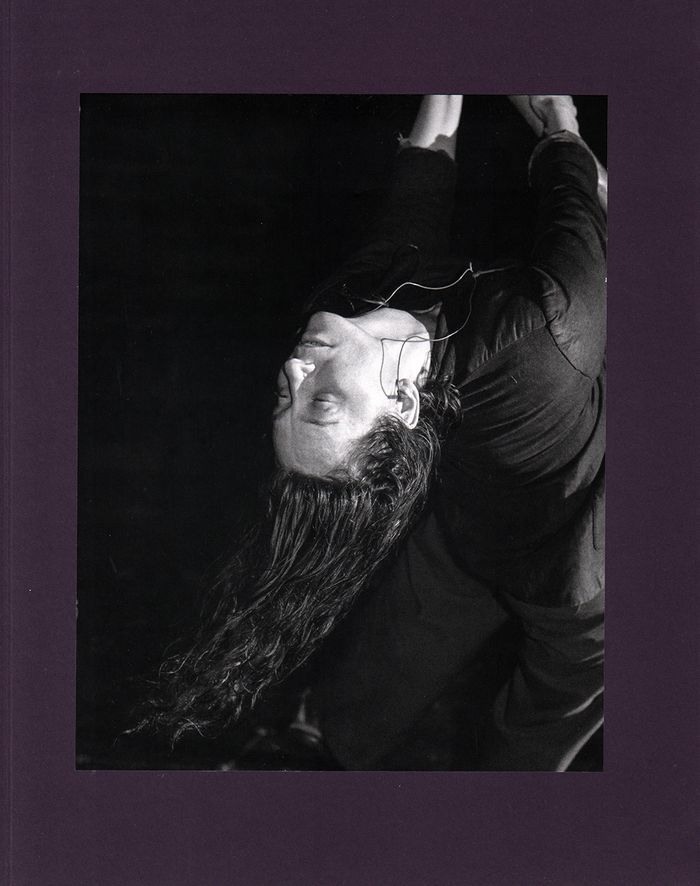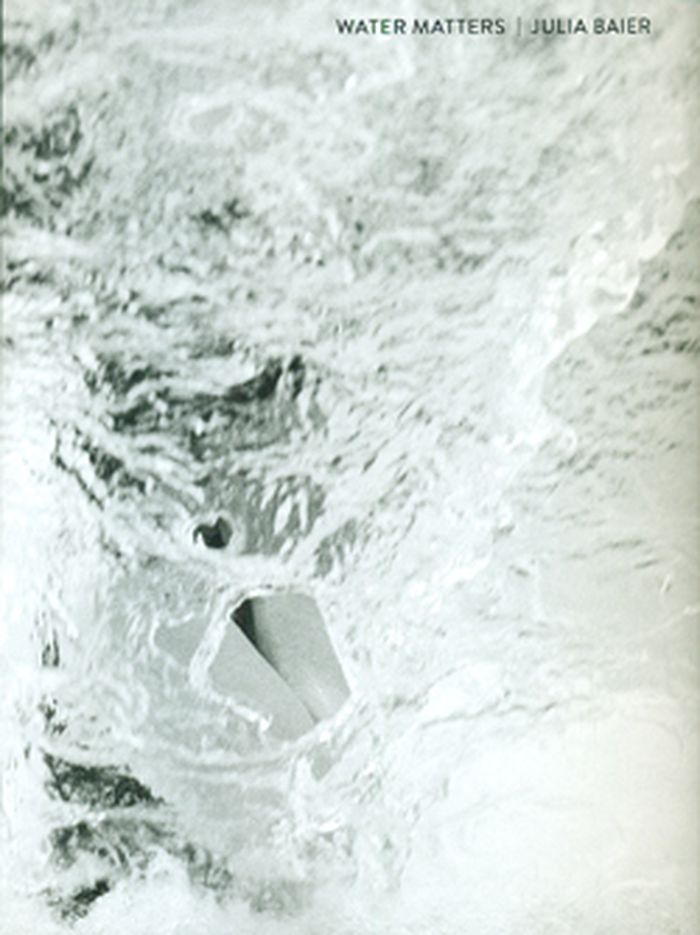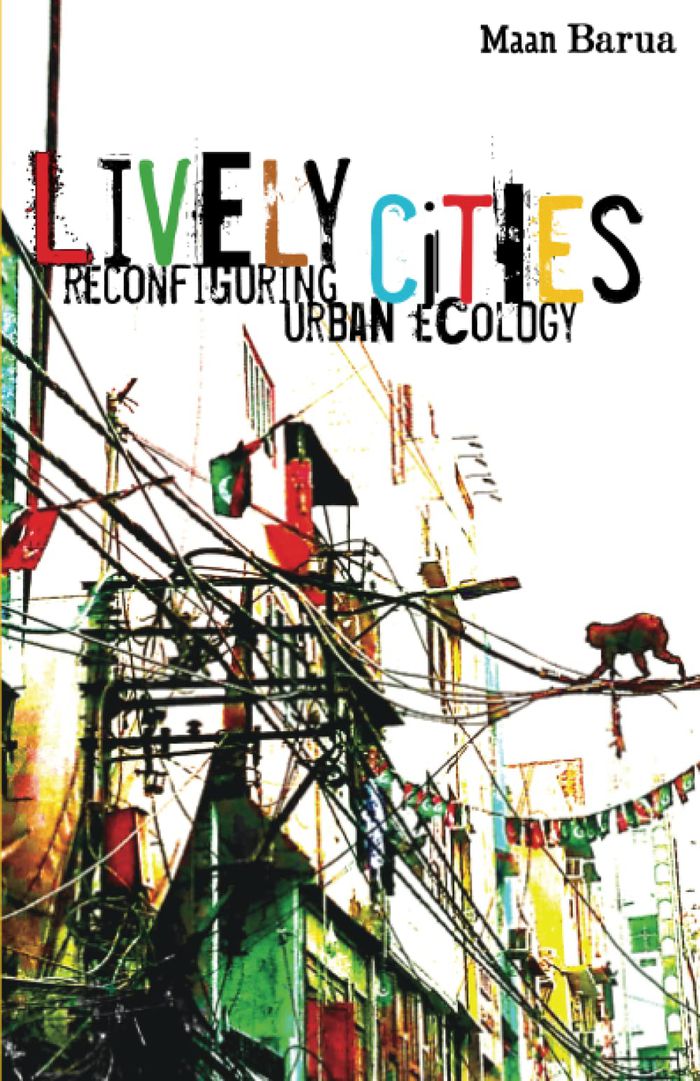$59.95
(disponible sur commande)
Résumé:
"Through time and the city: notes on Rome" offers a new approach to exploring cities. Using Rome as a guide, the book follows familiar sites, geographies, and characters in search of their role within a larger narrative that includes the environmental processes required to generate enough space and material for the city, the emergent ecologies to which its buildings play(...)
Théorie de l’architecture
septembre 2020
Through time and the city: Notes on Rome
Actions:
Prix:
$59.95
(disponible sur commande)
Résumé:
"Through time and the city: notes on Rome" offers a new approach to exploring cities. Using Rome as a guide, the book follows familiar sites, geographies, and characters in search of their role within a larger narrative that includes the environmental processes required to generate enough space and material for the city, the emergent ecologies to which its buildings play host, and the social patterns its various structures help to organize. "Through time and the city" argues that Rome is made and unmade by an endlessly evolving chorus that has, for better or worse, gained geological legitimacy; that the city absorbs and emits countless artifacts in its search for collective identity; that the city is a platform for the constant staging of negotiations between agents (humans, buildings, plants, animals, pathogens, goods, waste, water) that drive and are driven by the entanglements of climate and culture. This book provides textual and visual frameworks for identifying the material traces, emergent patterns, or speculated futures that expose a city as inseparable from its capacity to change.
Théorie de l’architecture
$37.95
(disponible sur commande)
Résumé:
In ''Ruderal city'' Bettina Stoetzer traces relationships among people, plants, and animals in contemporary Berlin as they make their lives in the ruins of European nationalism and capitalism. She develops the notion of the ruderal—originally an ecological designation for the unruly life that inhabits inhospitable environments such as rubble, roadsides, train tracks, and(...)
Ruderal city: ecologies of migration, race, and urban nature in Berlin
Actions:
Prix:
$37.95
(disponible sur commande)
Résumé:
In ''Ruderal city'' Bettina Stoetzer traces relationships among people, plants, and animals in contemporary Berlin as they make their lives in the ruins of European nationalism and capitalism. She develops the notion of the ruderal—originally an ecological designation for the unruly life that inhabits inhospitable environments such as rubble, roadsides, train tracks, and sidewalk cracks—to theorize Berlin as a “ruderal city.” Stoetzer explores sites in and around Berlin that have figured in German national imaginaries—gardens, forests, parks, and rubble fields—to show how racial, class, and gender inequalities shape contestations over today’s uses and knowledges of urban nature. Drawing on fieldwork with gardeners, botanists, migrant workers, refugees, public officials, and nature enthusiasts while charting human and more-than-human worlds, Stoetzer offers a wide-ranging ethnographic portrait of Berlin’s postwar ecologies that reveals emergent futures in the margins of European cities. Brimming with stories that break down divides between environmental perspectives and the study of migration and racial politics, Berlin’s ruderal worlds help us rethink the space of nature and culture and the categories through which we make sense of urban life in inhospitable times.
Théorie de l’urbanisme
livres
Description:
1 volume : illustrations ; 28 cm
[S.l.] : NIGGLI VERLAG, 2022.
POSTMODERN NON-RESIDENTIAL BERLIN.
Actions:
Exemplaires:
Description:
1 volume : illustrations ; 28 cm
livres
[S.l.] : NIGGLI VERLAG, 2022.
$35.00
(disponible sur commande)
Résumé:
Suddenly fed up with city life and New York, Tomi Ungerer and his wife Yvonne, set out in search of a simpler life. They ended up on an isolated peninsula in Nova Scotia, Canada. The nearest town was two miles away and it was three years before they had a road to the house built, so it offered them the chance to create a totally different life for themselves. While(...)
Far out isn't far enough : life in the back of beyond
Actions:
Prix:
$35.00
(disponible sur commande)
Résumé:
Suddenly fed up with city life and New York, Tomi Ungerer and his wife Yvonne, set out in search of a simpler life. They ended up on an isolated peninsula in Nova Scotia, Canada. The nearest town was two miles away and it was three years before they had a road to the house built, so it offered them the chance to create a totally different life for themselves. While they were there Ungerer continued to paint and write but he also learnt how to be a farmer, a herdsman and, where necessary, a butcher, because without ever intending to establish a farm they gradually acquired sheep, chickens, ducks, geese, rabbits, goats, cows, pigs and horses. In his diary, Ungerer describes in vivid detail their trials, tribulations and at times downright bizarre life on the isolated peninsula. Carefully observed drawings of the landscape, the wild animals, their own domestic flock and bring his words to life and create a distinctive impression of the wild and a times bleak landscape. Originally published in 1983, Far Out isn’t Far Enough is now reissued to introduce a new audience to Tomi Ungerer’s evocative style of drawing and writing.
Illustration
$53.00
(disponible sur commande)
Résumé:
This publication fleshes out our understanding of the past with explorations of lived experiences of embodiment from the middle ages to modernity. This intimate approach to history makes it possible to foreground the tactile foundations of Western culture -the ways in which feelings shaped society. Constance Classen explores a variety of tactile realms including the feel(...)
mai 2012
The deepest sense: a cultural history of touch
Actions:
Prix:
$53.00
(disponible sur commande)
Résumé:
This publication fleshes out our understanding of the past with explorations of lived experiences of embodiment from the middle ages to modernity. This intimate approach to history makes it possible to foreground the tactile foundations of Western culture -the ways in which feelings shaped society. Constance Classen explores a variety of tactile realms including the feel of the medieval city; the tactile appeal of relics; the social histories of pain, pleasure, and affection; the bonds of touch between humans and animals; the strenuous excitement of sports such as wrestling and jousting; and the sensuous attractions of consumer culture. She delves into a range of vital issues, from the uses--and prohibitions--of touch in social interaction to the disciplining of the body by the modern state, from the changing feel of the urban landscape to the technologization of touch in modernity.
$78.95
(disponible sur commande)
Résumé:
South of Geneva, Switzerland, the Aire River runs across a plain that for centuries has been agricultural land. Since the late nineteenth century, the waterway has been embanked for flood protection, which has caused a gradual loss of habitat for a large variety of plants and animals. In 2001, a decision was made to renaturalize the river. Yet rather than merely(...)
Aire: the river and its double
Actions:
Prix:
$78.95
(disponible sur commande)
Résumé:
South of Geneva, Switzerland, the Aire River runs across a plain that for centuries has been agricultural land. Since the late nineteenth century, the waterway has been embanked for flood protection, which has caused a gradual loss of habitat for a large variety of plants and animals. In 2001, a decision was made to renaturalize the river. Yet rather than merely reconstructing the river’s former natural bed, Superpositions, the association of firms commissioned with the project, applied “topographic imagination,” a method that combines the embanked channel with a newly designed pasture landscape. This new book documents that renaturalization project through drawings, images of construction work, and images of the new waterway. Essays and commentary by international contributors Jean-Marc Besse, Lorette Coen, Gerorges Descombes, G. Mathias Kondolf, Elissa Rosenberg, Gilles A. Tiberghien, and Marc Treib demonstrate how the restored river has been transformed, becoming again a characteristic feature of this landscape on the fringe of the city.
Jardins
Adam Pape: Dyckman haze
$53.00
(disponible sur commande)
Résumé:
In the city there are ways to escape the grid and walk along lines unseen. The city parks of New York offer this escape, eliciting both alienation and intoxication. They allow citizens and nature both a space for growth, a second city away from eyes on the street. Adam Pape's photographs utilize the city parks in Washington Heights and Inwood as the backdrop for a(...)
Adam Pape: Dyckman haze
Actions:
Prix:
$53.00
(disponible sur commande)
Résumé:
In the city there are ways to escape the grid and walk along lines unseen. The city parks of New York offer this escape, eliciting both alienation and intoxication. They allow citizens and nature both a space for growth, a second city away from eyes on the street. Adam Pape's photographs utilize the city parks in Washington Heights and Inwood as the backdrop for a narrative that unfolds in between day and night. These monochromatic images, directed by Pape and artificially lit, depict an ongoing exchange between humans, animals, and the landscape. In the furthest reach of Manhattan, sectioned off from further development, history and myth are at play.
Monographies photo
Julia Baier: water matters
$47.95
(disponible en magasin)
Résumé:
“Swimming is a delicate balance between flying and sinking”. This quote by Burkhard Strassmann opens Julia Baier's book 'Water Matters'. Her pictures show what people do with water, and even more, how water affects people and the animals, too. Not on the whole, but in the immediate encounter. When bathing, diving, splashing and spraying, in rain, snow and ice, in the city(...)
Julia Baier: water matters
Actions:
Prix:
$47.95
(disponible en magasin)
Résumé:
“Swimming is a delicate balance between flying and sinking”. This quote by Burkhard Strassmann opens Julia Baier's book 'Water Matters'. Her pictures show what people do with water, and even more, how water affects people and the animals, too. Not on the whole, but in the immediate encounter. When bathing, diving, splashing and spraying, in rain, snow and ice, in the city and in the countryside. And like the water itself, the photographer seems to get to wherever it flows and foams, drips, bubbles and reflects – in Budapest and Bremen, in Passau and Paris, Chicago and Sovata.
Monographies photo
$41.99
(disponible sur commande)
Résumé:
One of the fundamental dimensions of urbanization is its radical transformation of nature. Today domestic animals make up more than twice the biomass of people on the planet, and cities are replete with nonhuman life. Yet current accounts of the urban remain resolutely anthropocentric. ''Lively cities'' departs from conventions of urban studies to argue that cities are(...)
Lively cities: Reconfiguring urban ecology
Actions:
Prix:
$41.99
(disponible sur commande)
Résumé:
One of the fundamental dimensions of urbanization is its radical transformation of nature. Today domestic animals make up more than twice the biomass of people on the planet, and cities are replete with nonhuman life. Yet current accounts of the urban remain resolutely anthropocentric. ''Lively cities'' departs from conventions of urban studies to argue that cities are lived achievements forged by a multitude of entities, drawing attention to a suite of beings— human and nonhuman— that make up the material politics of city making. From macaques and cattle in Delhi to the invasive parakeet colonies in London, Maan Barua examines the rhythms, paths, and agency of nonhumans across the city. He reconceptualizes several key themes in urban thought, including infrastructure, the built environment, design, habitation, and everyday practices of dwelling and provides a critical intervention in animal and urban studies. Generating fresh conversations between posthumanism, postcolonialism, and political economy, Barua reveals how human and nonhuman actors shape, integrate, subsume, and relate to urban space in fascinating ways.
Théorie de l’urbanisme

